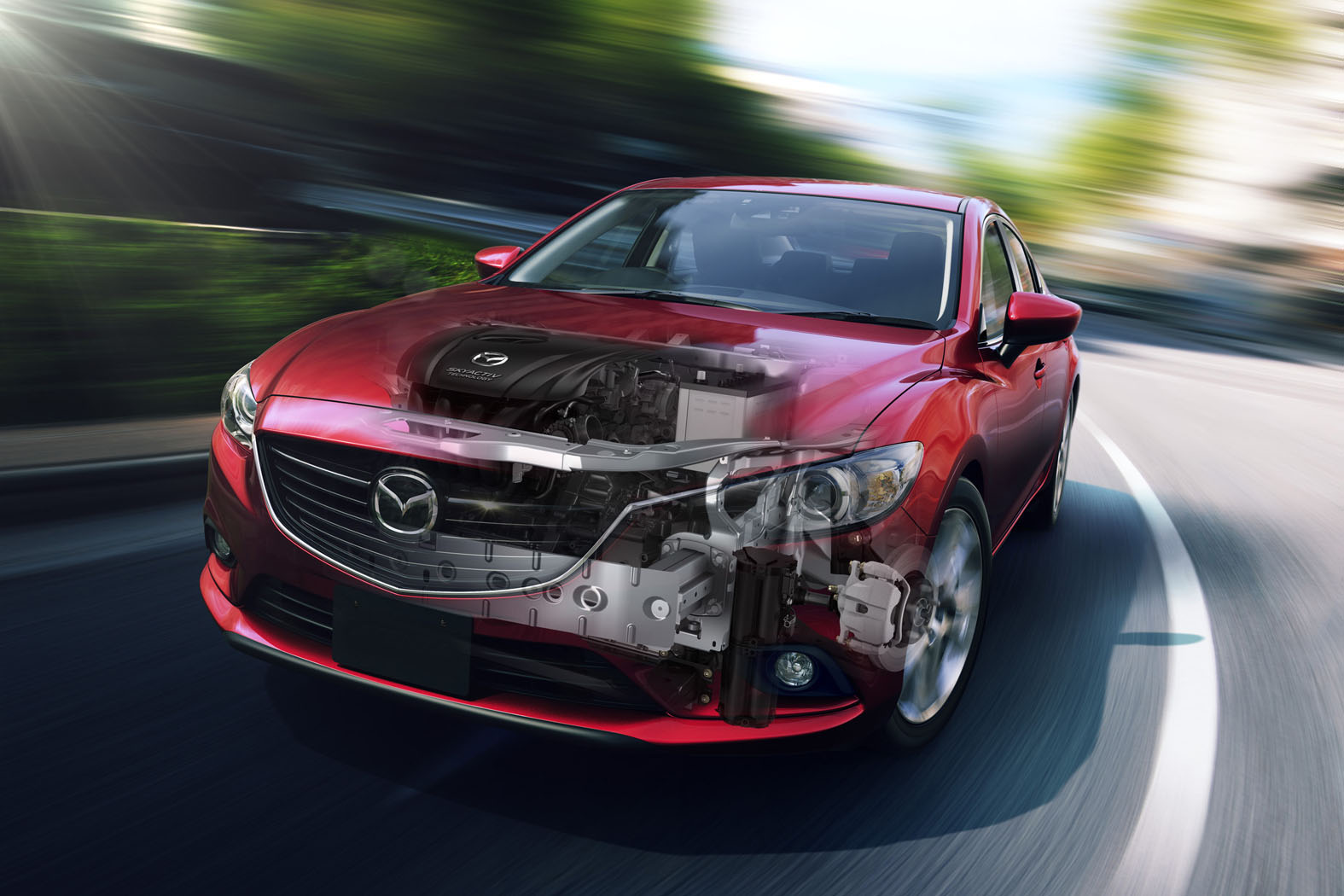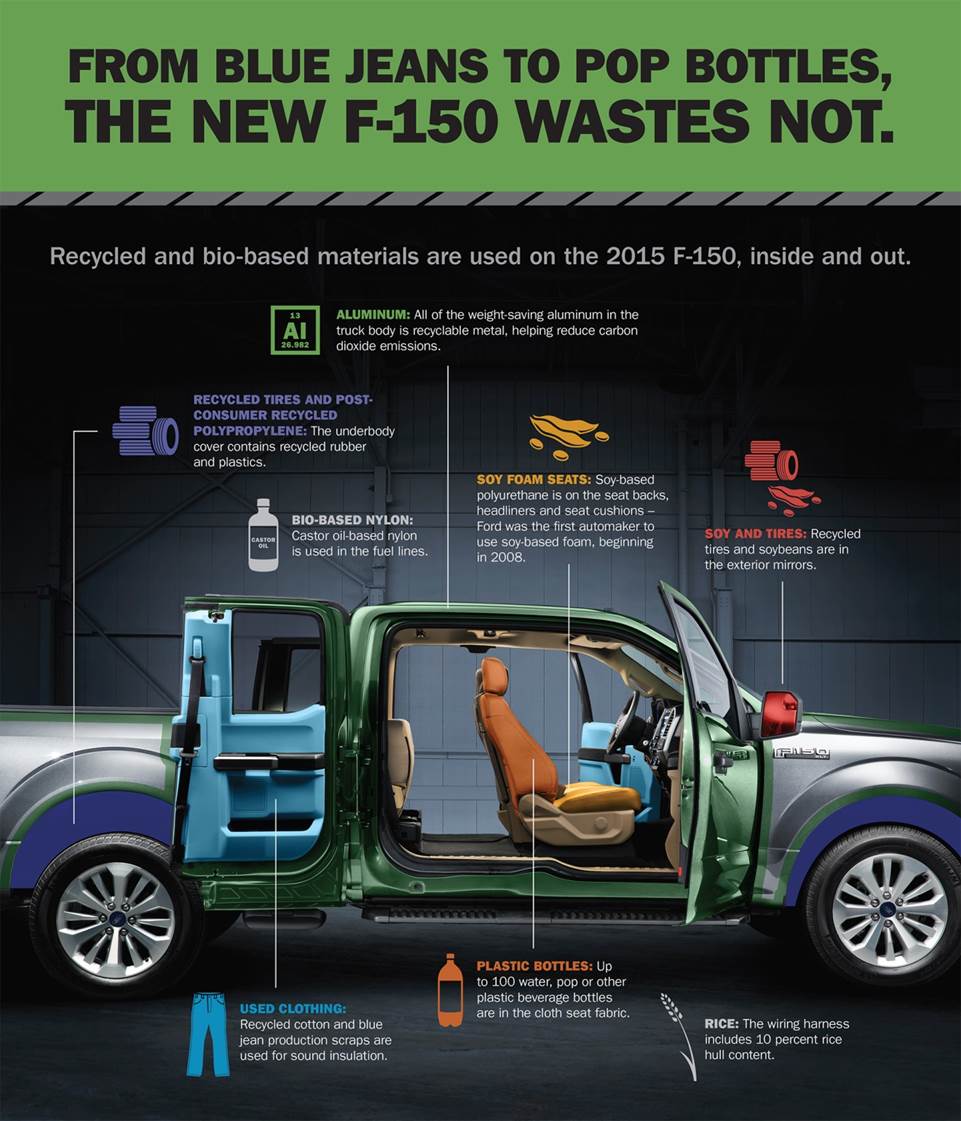Redefining environmental consciousness
- Written by David Taylor
- Published in News
- font size decrease font size increase font size
- Be the first to comment!
These days many of us are aware of various advances which make many new cars “greener” and “eco-centric” than ever before.
But it’s not just about battery electric vehicles and hybrids.
Manufacturers are making tremendous strides in the development of better internal combustion engines – gasoline and diesel-powered. Smaller more fuel-efficient engines allow for improved and lower fuel consumption – without degradation in overall performance.
Two such manufacturers are Ford and Mazda – for different reasons.
Mazda is committed to reducing environmental impact as much as possible. It's a tough challenge, but it has led to a breakthrough – SKYACTIV Technology.

More than just engines, SKYACTIV Technology is a blanket term for Mazda's innovative new-generation technologies. Using a clean-slate approach, vehicles and base technologies were examined and wherever more efficiency could be unlocked, they have done so. Engines create more power, yet use less fuel. Transmissions have less friction and are smaller and lighter. High tensile steel dramatically cuts body weight to improve handling and economy without safety being compromised. Closely optimized aerodynamics boost overall efficiency and performance.
Meanwhile, the Ford Motor Company introduced their highly-refined small displacement turbocharged engines to international acclaim in 2011. Known as EcoBoost, they improve fuel economy by as much as 20% and cost far less than the increased price tag hybrids and diesels command. EcoBoost engines offer a unique combination of torque, horsepower, fuel economy, performance, utility, durability and reliability. EcoBoost engines have fuel efficiency gains while cruising around town or at light throttle on a highway. Stomp on the gas pedal and the turbo instantly spools, resulting in powerful torque for controlled acceleration with amazing towing capacity.

Ford has also gone the extra mile in other areas. About 85% of all the materials used in the production of new vehicles are recycled. Recycled denim and cotton is finding new life as sound insulation. Water, pop or other plastic beverage bottles are used in the cloth seat fabric and soy-based polyurethane is on the seat backs, headliners and seat cushions. Engineers are finding new and multiple uses of all manner of every day discarded products – paying more than just lip service to reduce, reuse and recycle.
Where will all this end? No-one can say. But as long as we continue to rely upon automotive transportation of every shape and size, innovation will continue to be every manufacturer’s watch word.
Build a better mousetrap, anyone?
